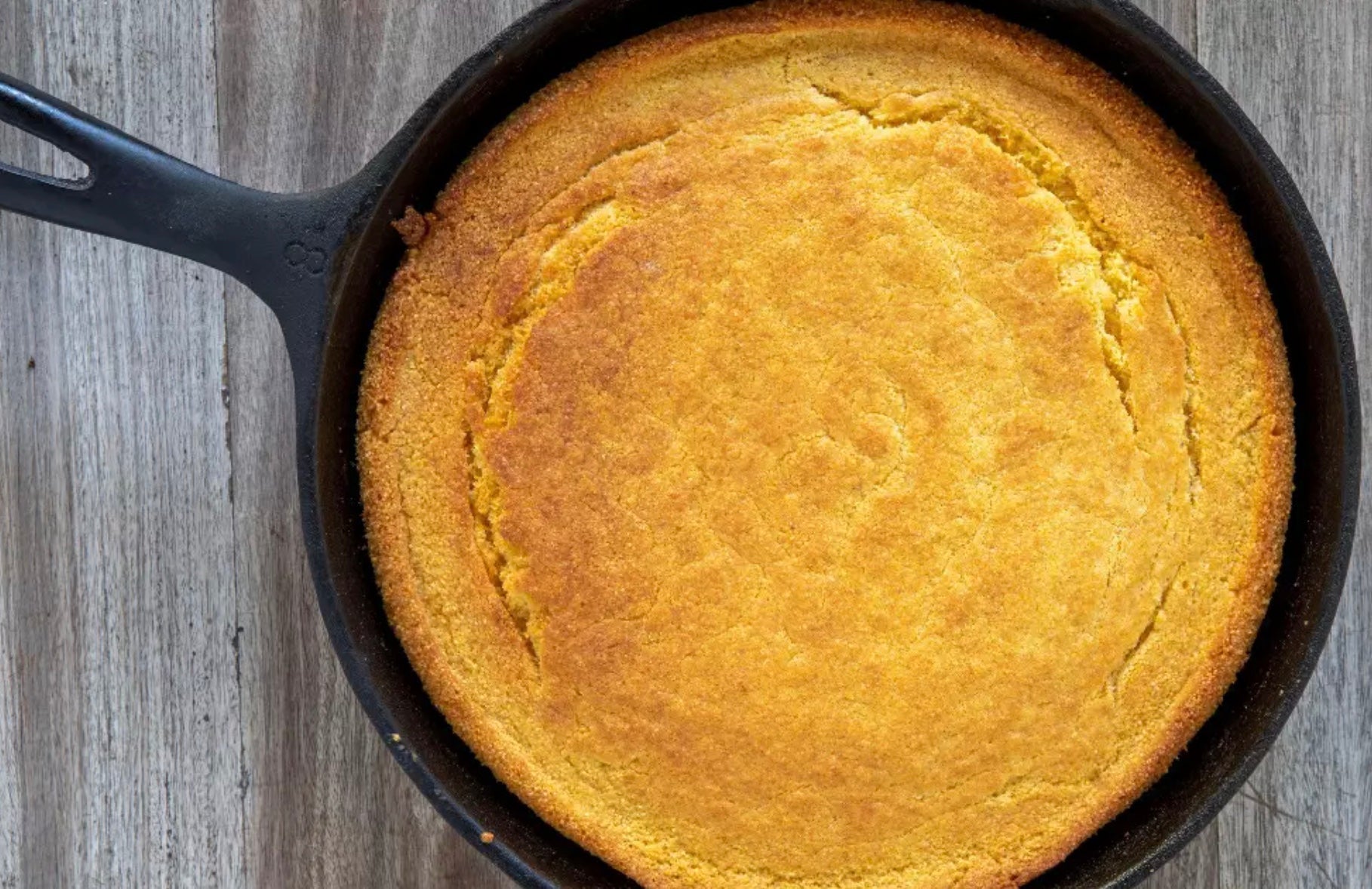Cornbread is one of those simple, comforting sides that somehow manages to steal the spotlight. Whether it’s baked in a cast iron skillet, sweetened with honey, or studded with jalapeños, this humble bread has earned a place on BBQ platters across the world — especially in the American South. But cornbread’s story starts long before brisket and ribs came into the picture.
The Origins: Indigenous Innovation
Cornbread has deep roots in Indigenous North American cuisine. Long before Europeans arrived, Native American tribes like the Cherokee, Creek, and Hopi were using ground maize (cornmeal) to make early forms of bread and cakes. These were often cooked over open flames or in hot ashes — a far cry from the fluffy slices we see today, but just as crucial to daily life.
Corn was a staple crop, and cornmeal was incredibly versatile — used in everything from flatbreads and porridge to dumplings and thickeners. These early recipes laid the groundwork for what would become a Southern staple.
Colonial Influence and Southern Identity
When European settlers arrived, they learned Indigenous corn-based cooking techniques and began adapting them. Wheat was hard to come by in the American South, but corn thrived — making cornmeal a logical alternative.
Over time, recipes evolved with the introduction of cast iron pans, buttermilk, lard, and leavening agents. By the 1800s, cornbread was a defining feature of Southern cuisine. It was cheap, filling, and adaptable — perfect for both field hands and family dinner tables.
Whether skillet-baked, hoe-cooked (yes, on the blade of a hoe over a fire), or fried into crispy hushpuppies, cornbread became a culinary cornerstone.
Sweet or Savoury? The Great Debate
One of the biggest divides in cornbread culture is sugar. Southern traditionalists will argue that true cornbread should never be sweet — that version, they say, is more like cake. Others, especially in northern parts of the US, like theirs with a hint of sugar or honey.
And the mix-ins? Everything from corn kernels, cheese, green chillies, and even bacon bits has made its way into modern cornbread variations.
At The Feedlot, we won’t take sides — but we do love it slathered in butter and drizzled with honey.
From Cast Iron to the BBQ Platter
So how did cornbread become a BBQ sidekick?
As Southern barbecue evolved — with pitmasters slow-smoking pork shoulders, brisket, and ribs — cornbread was the natural companion. It was cheap to make in large batches, didn’t require utensils, and soaked up sauce like a dream.
Its crumbly texture and mild flavour provided the perfect contrast to rich, smoky meats and tangy sauces. Throw in some collard greens, mac ‘n’ cheese, and pickles, and you’ve got a platter that hits every note.
Today, cornbread is a must-have at Southern-style BBQ joints, backyard cookouts, and Sunday dinners alike.
Feedlot Favourites
At The Feedlot, we like ours:
-
Spicy – with chopped jalapeños and cheddar cheese
-
Cast iron crisp – baked in a preheated skillet for that golden, crunchy crust
-
Drizzled with honey – because why not?
And yes — it goes beautifully with a side of pulled pork, a dollop of slaw, and a smear of Gold Rush.
Why We Love It
Cornbread isn’t just a side dish. It’s a connection to tradition, survival, and creativity. From Indigenous innovation to Southern soul food and modern BBQ culture, it’s a slice of history that continues to evolve — and a golden companion to every pitmaster’s plate.


